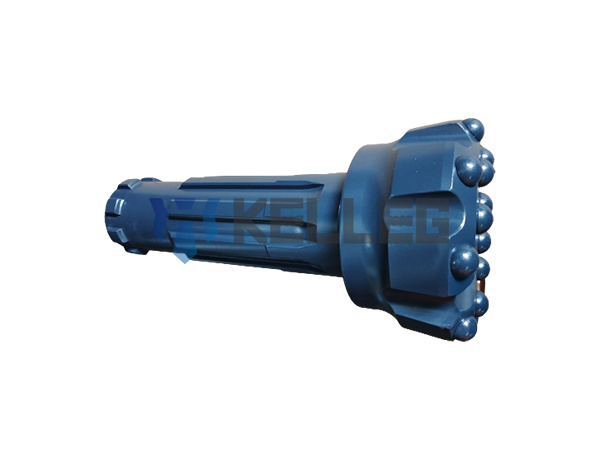2020 官网升级中!现在您访问官网的浏览器设备分辨率宽度低于1280px请使用高分辨率宽度访问。
The harsh working environment puts high demands on the hardness, strength, toughness, impact resistance, wear resistance, and fatigue resistance of DTH drill bits. In addition, to continuously optimize the heat treatment process of materials, manufacturers need to fully understand the shape, factory status, chemical composition, grain size, hardenability, and mechanical properties of the raw materials used for the drill bit.
1. Material shape and factory status
Understanding the shape, size, and source of raw materials can help heat treatment technicians or operators anticipate the behavior of the material in the manufacturing process and the transformation of the process in the heat treatment process. If the forged material has been normalized before leaving the factory or may require such an operation before it for use in the manufacture of drill bit.
2. Steelmaking process and applicable standards
There are subtle and significant differences between the steel produced by an alkaline oxygen converter steelmaking process based on iron and an electric arc furnace steelmaking process based on scrap. The material may be fine-grained or coarse-grained steel and may have been treated with various other elements.

3. Chemical composition
Different chemical elements have different influences on the heat treatment of drill bit materials. In general, the higher the content of alloying elements, the more pronounced the effect. For example, increasing the amount of C, Mn, or Ni can increase the strength; enhancing Cr or Cu can improve corrosion resistance; increasing Pb, S, or Se can improve cutting performance; increasing W or Mo is conducive to strengthening high-temperature performance. Most alloying elements, whether added individually or in combination, have more than one role.
4. Grain size
The influence of grain size on heat treatment is very significant. Steels with grain sizes of 1-4 grades are coarse-grained, while grades 5-8 are fine-grained. Large grain size, hardenability is better, but the hardness and plasticity are poor.
5. Hardness and hardenability
Hardness is a measure of the hardness of a material, and hardenability is a measure of the depth and distribution of the hardened layer of steel with austenitizing and quenching properties.
6. Cleanliness
The cleanliness of steel is an indicator of its quality. The content of elements such as phosphorus, sulfur, oxygen, nitrogen, and hydrogen are usually as low as possible. Likewise, various non-metallic inclusions’ number, morphology, and size distribution are kept as low as possible.
7. Mechanical properties
Mechanical properties usually include some combination of strength, plasticity, and toughness, such as tensile and yield strengths, elongation, reduction of area, and impact value. Heat treatment personnel in the design process and selection of equipment and process parameters should be concerned about all mechanical properties data.
To sum up, the premise of heat treatment process optimization is to fully understand the special conditions of steel production and material selection. Only with a complete understanding of the materials used in the DTH drill bit can the heat treatment process be continuously optimized, while improving the quality and performance of the product.